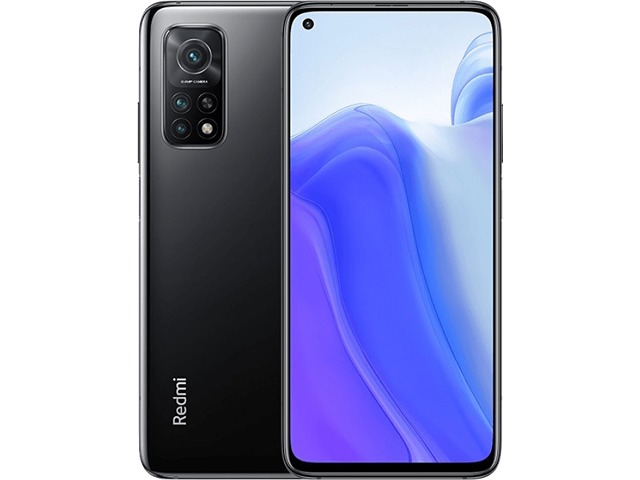Xiaomi Redmi K30S Review of Specifications
Do you wish to understand what is the meaning of NFC? Have you read the Xiaomi Redmi K30S review and flyer and noticed some vague things? If you want answers to these questions, and many more about Xiaomi Redmi K30S specifications, then you are in the right place.
Xiaomi Redmi K30S model status in the market is Available. However, it is announced by Xiaomi company on 10/27/2020 and Released in 2020, on November 11.
Xiaomi Redmi K30S has 128GB 8GB RAM, and 5000 mAh battery life (the more mAh value gives more strength to the battery). When you purchase Xiaomi Redmi K30S, you will gain 64 MP, f/1.9, 26mm (wide), 1/1.73″, 0.8µm, PDAF rear camera, and 8 MP selfie camera.
Xiaomi Redmi K30S comes with a 6.67 inches, 107.4 cm2 display size and Corning Gorilla Glass 5 as a display protection that is intended to protect the screen when the phone falls on hard and rough surfaces.
Xiaomi Redmi K30S has these software and hardware platforms:
* Android 10, MIUI 12 OS,
* Qualcomm SM8250 Snapdragon 865 5G (7 nm+) Chipset
* Octa-core (1×2.84 GHz Cortex-A77 & 3×2.42 GHz Cortex-A77 & 4×1.80 GHz Cortex-A55) Processor.
In this article, you will find the Xiaomi Redmi K30S review which will represent the main Xiaomi Redmi K30S specs that you need to make a wise decision about your new smartphone.
The Body Specifications – Xiaomi Redmi K30S Review
When planning to purchase a new cellular phone, the body parameters must be taken into consideration. These physical features include body size, weight, and build. You can read the Xiaomi Redmi K30S review in terms of the body features in the lines that follow.
* Body Dimensions: 165.1 x 76.4 x 9.3 mm (6.5 x 3.01 x 0.37 in) which mean height, width, and thickness (depth) respectively.
* Body Weight: 216 g (7.62 oz).
For smartphones, a weight between 140g to 170g is deemed appropriate and suitable for most customers.
* Body Build: Glass front (Gorilla Glass 5), glass back (Gorilla Glass 5), aluminum frame.
The following body kinds of the cellphones are available:
* Metal. Due to the fact that it is constructed of metals, it is the strongest in terms of protecting the cellular phone’s internal components.
* Plastic. This type might be more sturdy than metal because it doesn’t bend. Additionally, because it doesn’t break easily, it has a longer working life than a glass one.
* Glass. This type of cellular phone’s body looks more shiny and appealing, despite the fact that glass is more likely to break due to its fragile nature.
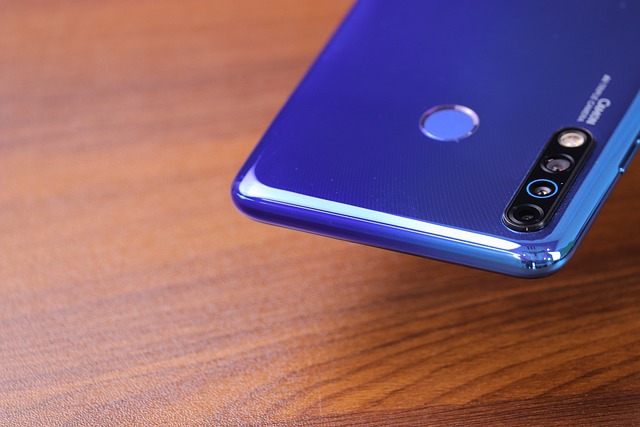
Know All available Colors – Xiaomi Redmi K30S Review
Black and white are possibly the most popular colors for smartphone covers, but that hasn’t stopped companies from manufacturing plenty of additional colors in an effort to draw in more clients.
Xiaomi Redmi K30S comes in the following colors: Cosmic Black, and Lunar Silver.

Xiaomi Redmi K30S Review of The Display Specs and Quality
The display has always been a fundamental component of cellphones. Still, ever since the advent of full-screen touch cellular phones, it has become imperious for manufacturers to provide the best display devices to consumers, which will boost the viewing and gaming experience.
Read on to learn more about the crucial screen characteristics of Xiaomi Redmi K30S.
Display Type: IPS LCD – Always select a screen type that provides genuine black and more vivid colors.
Refresh Rate: 144Hz – The refresh rate (measured in Hertz (Hz)) is how frequently a screen recreates an image. A greater refresh rate results in significantly better image quality and reduced motion blur.
Display Size: 6.67 inches, 107.4 cm2 – These days, cellular phones feature screens that measure between 4.7 and 6.5 inches.
Display HDR: HDR10 – means that there is a considerable contrast between the lightest and darkest areas of an image
Display Nits Peak: 650 nits (peak). It is the brightest possible light. emitted by the screen. Anything above 500 nits is good to use on a sunny day.
Display Nits Brightness: 500 nits (typ).
Display Nits Full: 500 nits (typ), 650 nits (peak).
Screen To Body Ratio: (~85.2% screen-to-body ratio). It refers to the percentage of how much the display covers the front face. Smartphones that have the largest screen-to-body ratio look delicate and give it a premium look.
Display Ratio: 20:9 ratio. the Aspect ratio is the relevance between the height and width of the smartphone screen. Taller aspect ratios like 19.5:9 is coming with the most modern smartphones, and it is suitable for web browsing, and other portrait orientation apps.
Display Resolution: 1080 x 2400 pixels. It is the clarity of an image video in detail and sharpness. The pixel resolution for high-definition screens is 1920 x 1080.
Display Density: (~395 ppi density). It is the number of physical pixels per inch on a screen and is measured in Pixels Per Inch (ppi).
Display Protection: Xiaomi Redmi K30S comes with the following display protection:
* Corning Gorilla Glass 5
* Corning Gorilla Glass 5.
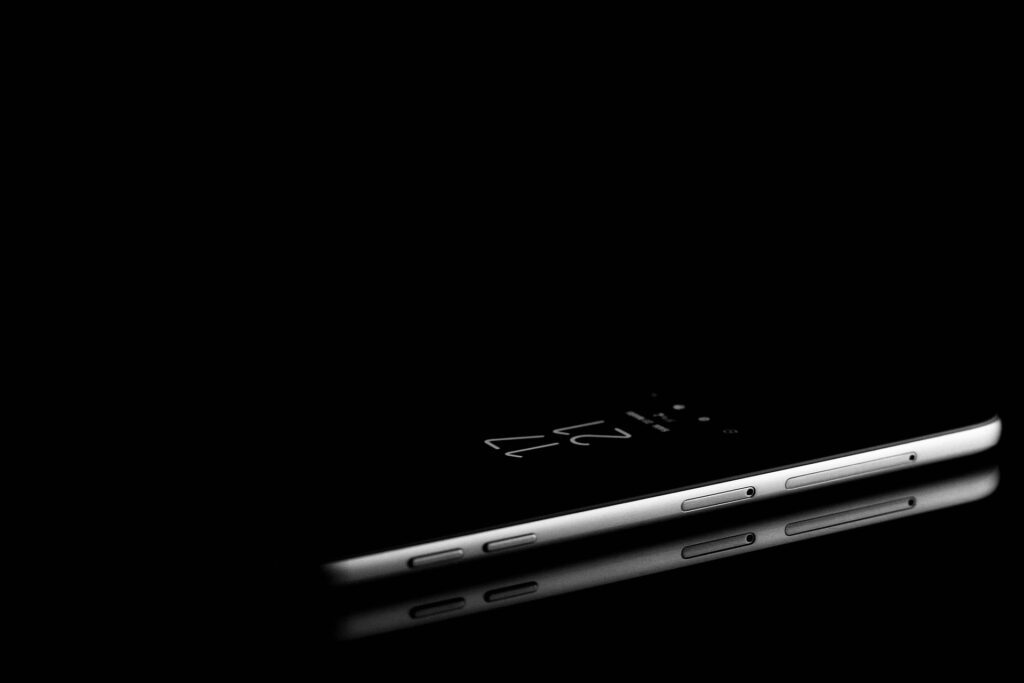
Xiaomi Redmi K30S Review – Understanding Camera Terms and Features
In the following lines, you will find a Xiaomi Redmi K30S review about the main cameras.
* Main Camera Single: {64 MP, f/1.9, 26mm (wide), 1/1.73″, 0.8µm, PDAF}.
Here are explanations about some of the symbols included in the camera specs:
MP (Megapixels) is the resolution of the image taken by a mobile phone.
(f value) is the aperture of a lens that indicates how much light it lets in. The larger the aperture, the more light is let in; and vice versa.
(mm value) This measurement is of the lens’s focal length, which affects the final image that is produced by your camera.
AutoFocus (AF) is the function of a camera to automatically focus on a subject.
* Main Camera Dual: 13 MP, f/2.4, 123˚ (ultrawide), 1.12µm
* Main Camera Triple: 5 MP, f/2.4, (macro), AF
The main camera features are as follows:
LED flash, HDR, panorama, 8K@24/30fps, 4K@30/60fps, 1080p@30/60/120/240/960fps gyro-EIS main video camera.
Here is the Xiaomi Redmi K30S review of the selfie camera:
* Selfie Camera Single: 8 MP
The main camera specifications are:
Dual-LED flash, 1080p@30fps Selfie video camera.
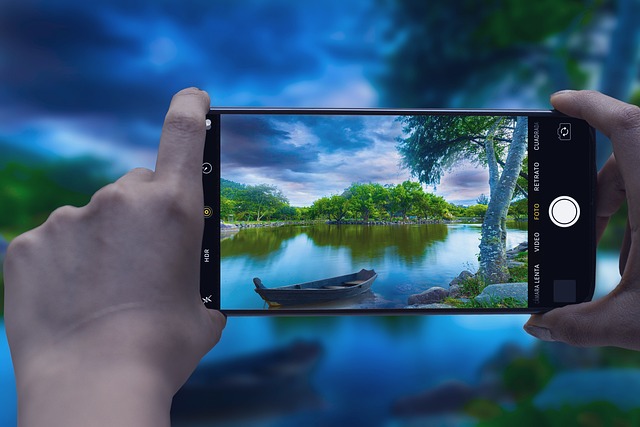
Knowing The SIM specifications By Reading Xiaomi Redmi K30S Review
A SIM card, also known as a Subscriber Identity Module, is a microchip that stores information including user identity, phone number, network authorization data, personal security keys, and contact lists. A SIM card connects a smartphone to a specific mobile network to use its functions, like making calls, connecting to internet services such as 3G, 4G LTE (please refer to Xiaomi Redmi K30S 3G or Xiaomi Redmi K30S 4G articles ), and 5G, or sending SMS messages. Please note that it’s possible to use your smartphone without a SIM card as a personal assistant device.
This mobile phone model comes with Dual SIM (Nano-SIM, dual stand-by) card. For more info, refer to the How to insert SIM card in the Xiaomi Redmi K30S article.
Here are the common SIM card types:
* Nano-SIM. It is the smallest removable SIM card size, so it is the most modern one (other than eSIMs, which we’ll read about it very soon) and it’s used by the vast majority of current cellular phones.
* Micro SIM. They have a slightly larger chip, and they haven’t been utilized too often recently.
* Standard SIM (Mini SIM). It is the biggest SIM card size in use, and it’s the most rarely used.
* eSIM. It is an embedded SIM card, i.e., you can’t take it off of your mobile phone.
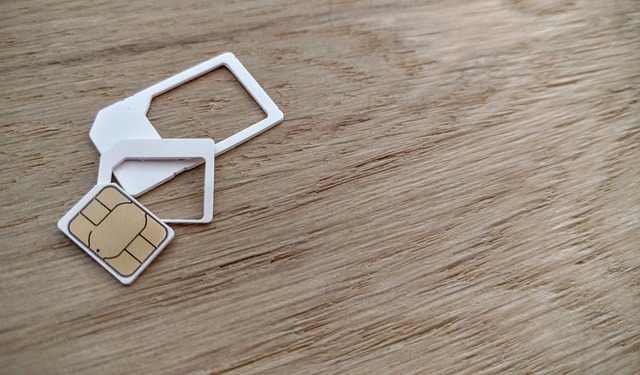
Chipset, CPU, and GPU – Xiaomi Redmi K30S Review
This model has Qualcomm SM8250 Snapdragon 865 5G (7 nm+) chipset.
A chipset on a smartphone is most usually referred as a system on chip (SoC). It is an integrated circuit that houses all of a device’s essential parts on a single chip.. The most common kinds are: QUALCOMM Snapdragon, MEDIATEK CHIPSETS, and INTEL ATOM.
Xiaomi Redmi K30S has Octa-core (1×2.84 GHz Cortex-A77 & 3×2.42 GHz Cortex-A77 & 4×1.80 GHz Cortex-A55) CPU.
The higher the number of cores and the higher the processing speed the better the processor’s performance will be.
Xiaomi Redmi K30S has the following GBU (Graphics Processing Unit): Adreno 650.
All graphics jobs are treated and accelerated by this chip, and a faster GPU means a more powerful smartphone will be.
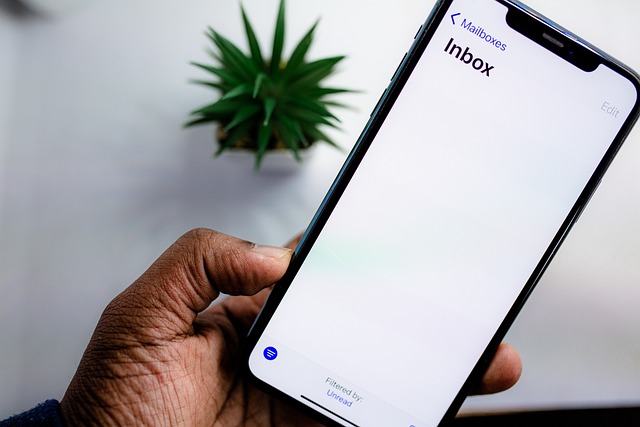
Storage Features – Xiaomi Redmi K30S Review
One of the fundamental deciding factors, when you want to purchase a new smartphone, is the amount of storage it offers. and the following internal storage: 128GB 8GB RAM – 256GB 8GB RAM
Two types of phone memory are available:
Internal: It is built into the phone, and can’t be expanded. Nowadays, the majority of mobile phones have internal memory that is at least 32GB or 64GB and a few high-end models feature 256GB or 512GB.
External: It is a removable SD card used as an alternative memory to store photos, music, videos, etc., regardless of the type of SD card slot.
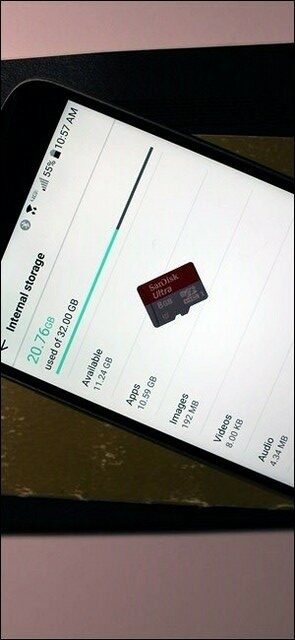
Mobile Networks and Connectivity – Xiaomi Redmi K30S Review
The complicated architecture used by mobile networks covers base stations sending radio waves through hexagonal regions known as “cells” (hence mobiles also being known as cellphones). In order to prevent any signal-deficient locations, thousands of cells interfere across several geographic regions. 3 various network kinds available today: 3G, 4G, and 5G. These networks have the capacity to pick up and deliver mobile telecommunications as well as transmit and receive data and information.
Xiaomi Redmi K30S supports the following networks: 3G. For more info, refer to the Xiaomi Redmi K30S 3G article. – 4G. For more info, refer to Xiaomi Redmi K30S 4G article.

Xiaomi Redmi K30S Review of The Available Wireless Connections
This model comes with the following wireless connections:
* WLAN connection: {Wi-Fi 802.11 a/b/g/n/ac/6, dual-band, Wi-Fi Direct, hotspot}. Wireless Local Area Network uses Wi-Fi to communicate to the home or office wireless network using the local router and offers Internet access.
* Bluetooth connection: {5.1, A2DP, LE}. It is a common wireless communication protocol used to communicate two devices together over short distances, allowing them to share data between different devices.
* GBS connection: {Yes, with dual-band A-GPS, GLONASS, BDS, GALILEO, QZSS, NavIC}. Global Positioning System allows smartphones to locate any position you need.
* NFC connection: {Yes}.Near Field Communication is a wireless technology that allows your mobile phone to transfer data to another device when they’re close together, so it’s generally used for contactless payments. For more information, refer to NFC on Xiaomi Redmi K30S article.
* USB connection: {USB Type-C 2.0, USB On-The-Go}.Universal Serial Bus is wired technology that allows users to connect two devices, such as a smartphone with a PC, to either transfer data or charge the connected device.
* Features Sensors: {Fingerprint (side-mounted), accelerometer, gyro, proximity, compass}. The sensor is a device that detects and majors the changes in the nearby environment such as ambient light and motion.

Xiaomi Redmi K30S Review – The Operating System
This model comes with {Android 10, MIUI 12} operating system.
Battery Main Specs – Xiaomi Redmi K30S Review
Nothing is more essential than the cellphone’s battery, which powers these gadgets and grants daily life going. The following lines are containing Xiaomi Redmi K30S reviews of its main battery.
* Battery Technology: {Li-Po}.
* Xiaomi Redmi K30S comes with {non-removable} battery.
* Battery Capacity: {5000} mAh. It refers to the storage capacity a particular battery may offer. A battery with a 3100 mAh capacity rating could supply a current of 3100 mA for one hour. Higher mAh ratings for the same battery type will generally mean longer working time.
* Battery Charging: {Fast charging 18W}.
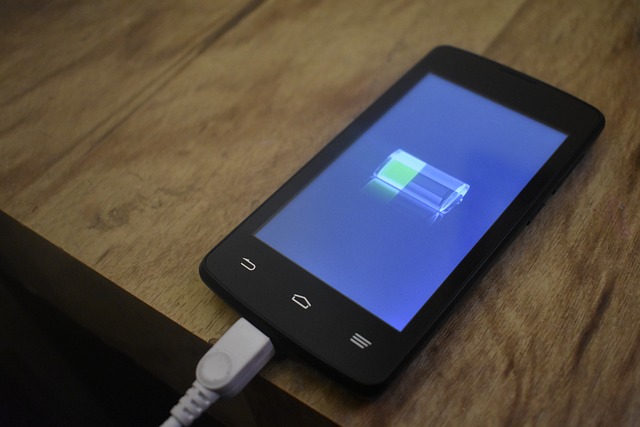
Xiaomi Redmi K30S Review of the Battery Secondary Specifications
In addition to the major Xiaomi Redmi K30S features that we mentioned earlier, this model has more battery-related characteristics that are relatively varied depending on the kind of mobile phone. Here are these specifications:
* Battery Charging Original: {Fast charging 33W, Power Delivery 3.0, Quick Charge 4+}.
* Quick Charge: {Quick Charge 3.0}.


